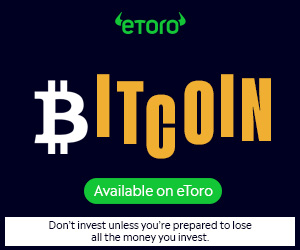In the evolving world of decentralised finance, Hyperliquid has emerged as one of the most promising trading platforms, redefining on-chain derivatives. As a platform designed to deliver the speed and efficiency of centralised exchanges, it helps maintain full transparency and self-custody, attracting a growing base of over 604,400 registered users. The platform now processes tens of thousands of transactions daily, offering competitive fees and a smooth trading experience in the crypto market. However, to access its full functionality, users must connect a compatible crypto wallet, an important step that determines not only ease of use but also the security of their funds. With an expanding list of wallets supporting ecosystems such as Arbitrum, Ethereum, and Solana, users are faced with a wide range of options, each offering different levels of cross-chain integration, user experience, and security. This article provides a practical guide to help you navigate these choices by reviewing six of the best wallets for Hyperliquid.
How to Choose the Best Hyperliquid Wallet?
- Compatibility with Hyperliquid
Confirm that the wallet natively supports or integrates seamlessly with Hyperliquid, especially for connecting, trading, and withdrawing funds without errors.
Table of Contents
- Network Support (Arbitrum Integration)
Since Hyperliquid operates on the Arbitrum network, ensure the wallet supports Arbitrum and USDC deposits to allow direct and cost-efficient transactions.
- Security Features
Prioritise wallets with strong security standards such as non-custodial control, two-factor authentication (2FA), hardware encryption, and open-source code for transparency and trust.
- Ease of Use
Choose a wallet with a clean, intuitive interface that simplifies setup, connection, and trading for both new and experienced users.
- Cross-Chain Functionality
If you manage assets across ecosystems like Ethereum, Solana, or BNB Chain, opt for a multi-chain wallet that supports cross-platform asset management and smooth switching between networks.
- Backup and Recovery Options
Ensure the wallet offers a secure seed phrase backup and a straightforward recovery process in case of device loss or system failure.
- Transaction Fees and Gas Management
Some wallets include built-in gas optimisation or fee estimators. This can help you manage Arbitrum gas costs effectively while trading or transferring funds.
Top 6 Wallets Compatible with Hyperliquid
MetaMask
MetaMask is one of the most widely used non-custodial crypto wallets, known for its simplicity, broad network support, and strong security record. Originally designed for the Ethereum network, the wallet now supports multiple blockchains, including Arbitrum, making it fully compatible with Hyperliquid. Its browser extension and mobile app provide a seamless interface that allows users to connect to decentralised applications (dApps), trade assets, and manage tokens seamlessly.
Pros:
- Seamless integration with Hyperliquid and other Arbitrum-based platforms.
- Strong security through non-custodial key management and password protection.
- Multiple networks (Ethereum, Arbitrum, BNB Chain, Polygon, etc.) support.
- Customisable gas fee settings for efficient transaction management.
Cons:
- Browser extensions can be vulnerable if users neglect standard security practices.
Best for:
Beginners and everyday traders who want an easy-to-use, secure, and widely compatible wallet.
Trust Wallet
Trust Wallet is a non-custodial crypto wallet developed by Binance, recognised for its simplicity, strong security framework, and extensive multi-chain support. It allows users to manage, send, and receive assets across various blockchains, including Arbitrum, which makes it one of Hyperliquid-friendly wallets. With no wallet creation fees, strong encryption, and private key ownership, it combines accessibility and control.
Pros:
- Over 100 blockchains, including Arbitrum.
- Non-custodial setup gives users full control of their private keys and assets.
- Integrated Web3 browser for direct access to DApps and DeFi platforms.
- No setup or maintenance fees, with flexible gas fee options for transactions.
Cons:
- Lacks advanced trading tools that power users might expect from desktop wallets.
Best for:
Mobile traders who want a secure, easy-to-use, and versatile wallet to connect directly with Hyperliquid and other DeFi platforms.
Rabby Wallet
Rabby Wallet is a non-custodial, browser-based crypto wallet developed by DeBank, designed primarily for seamless interaction with decentralised applications (dApps) across multiple blockchains. Unlike many other wallets, it automatically switches networks based on the connected dApp, eliminating manual network changes and simplifying multi-chain trading. The wallet is free to use, has no additional transaction fees beyond blockchain gas costs.
Pros:
- Over 100 blockchains, including Arbitrum, Ethereum, and BNB Chain.
- Human-readable transaction details before approval to prevent scams.
- Automatic network switching.
- Secure, open source security model.
Cons:
- Newer ecosystem compared to long-established wallets like MetaMask or Trust Wallet.
Best for:
Active DeFi traders who value security, transparency, and seamless cross-chain usability.
Coinbase Wallet
Coinbase Wallet (Base App) is a non-custodial, user-friendly crypto wallet developed by Coinbase, one of the most trusted names in the global crypto industry. Known for its strong security framework and deep integration with the Base and Ethereum networks, the wallet provides a smooth on-ramp for users looking to explore DeFi platforms like Hyperliquid. With no hidden fees for wallet creation and transparent transaction costs, it stands out as one of the top Hyperliquid-compatible wallets.
Pros:
- Strong security through self-custody and encrypted private keys.
- Seamless integration with Coinbase Exchange and Base (Layer 2).
- Beginner-friendly interface with a guided setup process and easy navigation.
- Multiple networks support, including Ethereum, Arbitrum, Base, and other EVM-compatible chains.
- Built-in dApp browser for easy access to decentralised platforms and DeFi protocols like Hyperliquid.
Cons:
- Gas fees on Ethereum may still be relatively high for users transacting outside Layer 2 networks.
Best for:
Beginners and cross-platform users who value security, simplicity, and direct integration with major exchanges while trading or funding their Hyperliquid accounts.
OKX Wallet
OKX Wallet is a powerful, non-custodial multi-chain wallet developed by the global crypto exchange OKX, allowing users to trade, stake, and bridge assets without leaving the wallet. Its user-friendly interface caters to both beginners and advanced traders, while built-in tools like DEX aggregation, NFT marketplace access, and Web3 identity management make it an all-in-one crypto gateway.
Pros
- Multi-chain compatibility with 80+ blockchains, including Arbitrum, Ethereum, and Solana.
- Strong security using a non-custodial setup, local private key storage, and biometric protection.
- Built-in DEX aggregator to trade tokens directly from the wallet at competitive rates.
- Optimised gas settings and bridge integrations, minimising on-chain costs.
Cons
- Advanced features can be overwhelming for new users.
- Occasional network syncing delays.
Best for:
Best for multi-chain traders and DeFi users who want a secure, all-in-one wallet to manage, trade, and bridge assets across networks.
Ledger Flex
Ledger Flex is a next-generation hardware wallet developed by Ledger, created to combine the highest level of on-chain security with the flexibility of multi-network access. Despite its premium price point ($249), the wallet remains one of the most user-friendly hardware wallets, offering a clean interface, and low transaction fees when paired with Arbitrum-based assets.
Pros
- Ledger’s certified Secure Element (CC EAL5+) chip for offline private key protection.
- Multi-chain support with Arbitrum, Ethereum, Solana, and over 5,000 crypto assets.
- Long-term reliability, durability, and consistent firmware updates to maintain optimal security.
Cons
- Higher upfront cost compared to software wallets or browser extensions.
Best for:
Users who prioritise safety over convenience and want a reliable hardware solution that integrates seamlessly with Arbitrum-based DeFi platforms.
How to Set Up a Wallet for Hyperliquid?
- Choose a Compatible Wallet
Select a wallet that supports Arbitrum since Hyperliquid operates on the Arbitrum network. - Install and Secure Your Wallet
Download the wallet application from its official website or verified app store and create a new wallet, securely storing your seed phrase or recovery phrase offline. - Add the Arbitrum Network
In your wallet settings, add the Arbitrum One network manually if it isn’t included by default. Input the official RPC details or select “Add Network” if prompted within MetaMask or similar wallets. - Fund Your Wallet with USDC
Hyperliquid primarily uses USDC on Arbitrum for deposits so purchase USDC into your wallet. - Connect Your Wallet to Hyperliquid
Visit the official Hyperliquid app and click “Connect Wallet.” Approve the connection request in your wallet interface. Once connected, you can deposit USDC, view balances, and begin trading on the platform.
FAQs
What is the Best Wallet for Hyperliquid?
Among the options reviewed, MetaMask stands out as the best wallet for Hyperliquid due to its broad network compatibility, strong security infrastructure, and exceptional ease of use. Its reliable Arbitrum integration, customisable gas controls, and extensive dApp connectivity make it the most practical and efficient choice for traders ensuring their wallets work with Hyperliquid effectively.
Can I See My HYPE Tokens in Ledger Live?
Currently, you cannot view or manage $HYPE tokens directly in Ledger Live because the Hyperliquid network (HyperEVM) is not yet integrated into the Ledger Live interface. To manage $HYPE tokens, you must connect your Ledger device through a supported third-party wallet, such as MetaMask or Rabby, and manually add the Hyperliquid network.
Can I Use a Solana Wallet like Phantom to Deposit Funds?
You cannot directly use a Solana wallet like Phantom to deposit funds into Hyperliquid because the platform is built for Hyperliquid operations on the Arbitrum network, not Solana. However, you can indirectly transfer assets by bridging your tokens from Solana to Arbitrum through a trusted cross-chain bridge, then deposit USDC into a compatible Arbitrum-supported wallet before connecting it to Hyperliquid for trading.
Conclusion
By now, you have the insight and clarity needed to determine the best wallet for Hyperliquid based on your goals and trading style. Make sure to store your recovery phrase securely, double-check network details before every transaction, and keep your wallet software up to date. With these practices, you’ll protect your funds, enjoy smoother performance, and build lasting assurance in managing your digital assets.

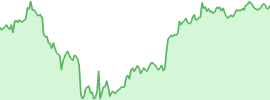

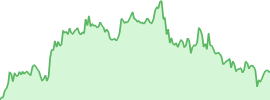

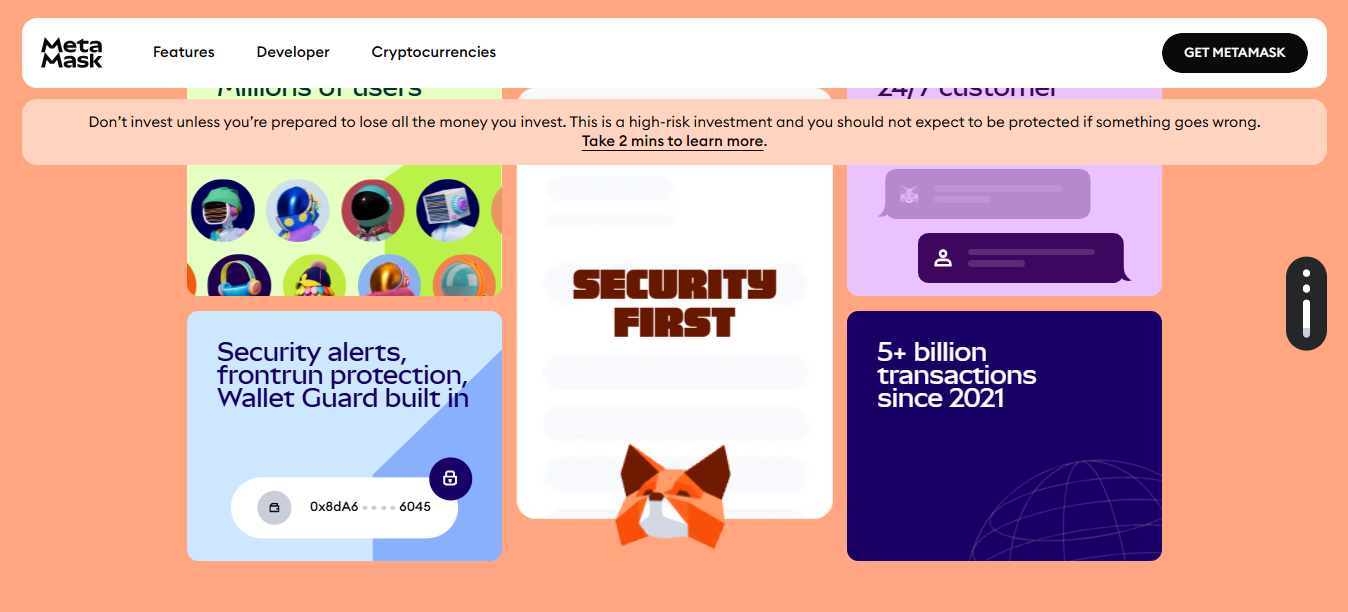
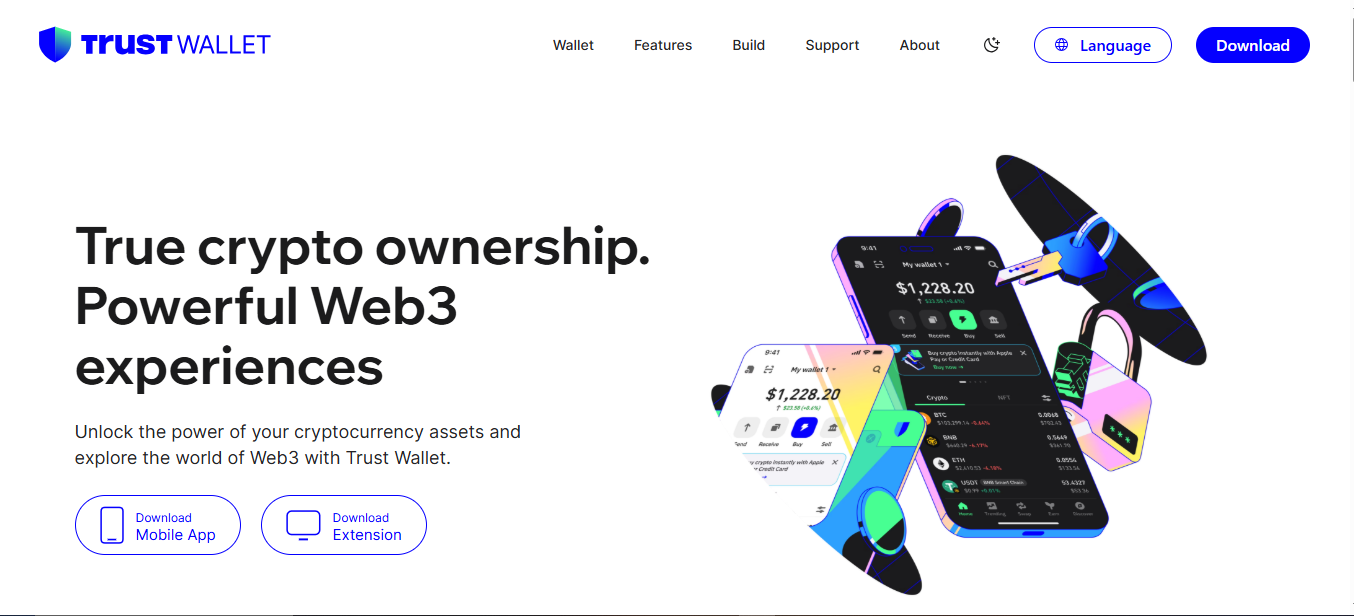
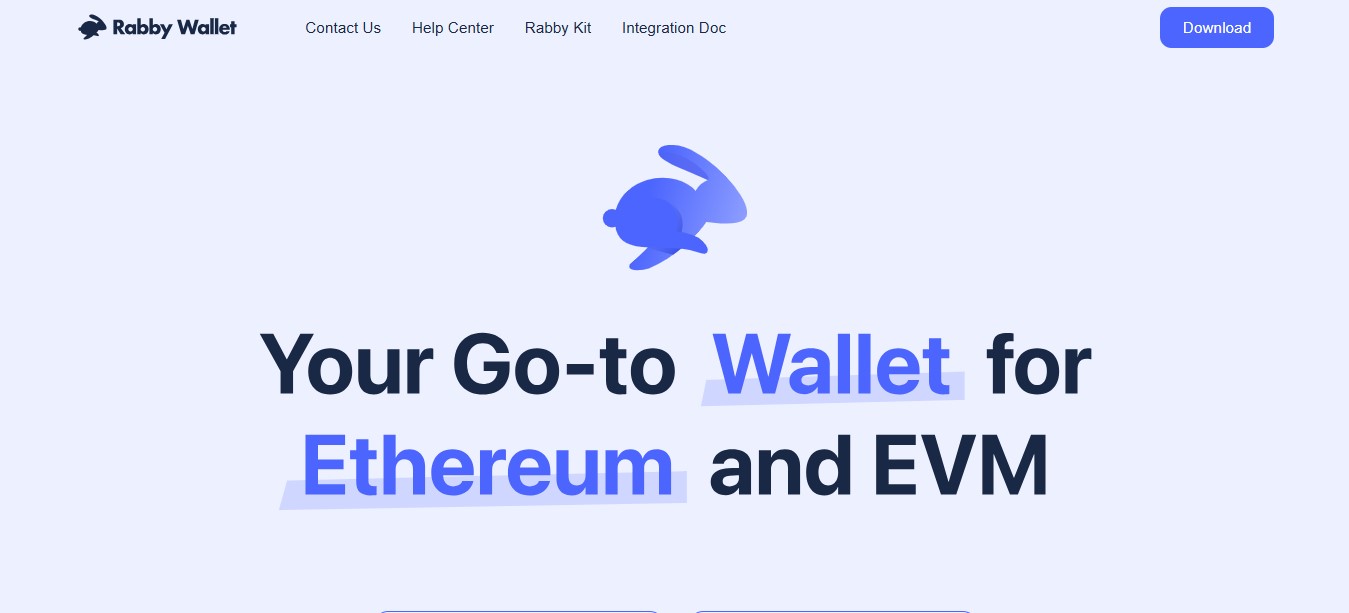
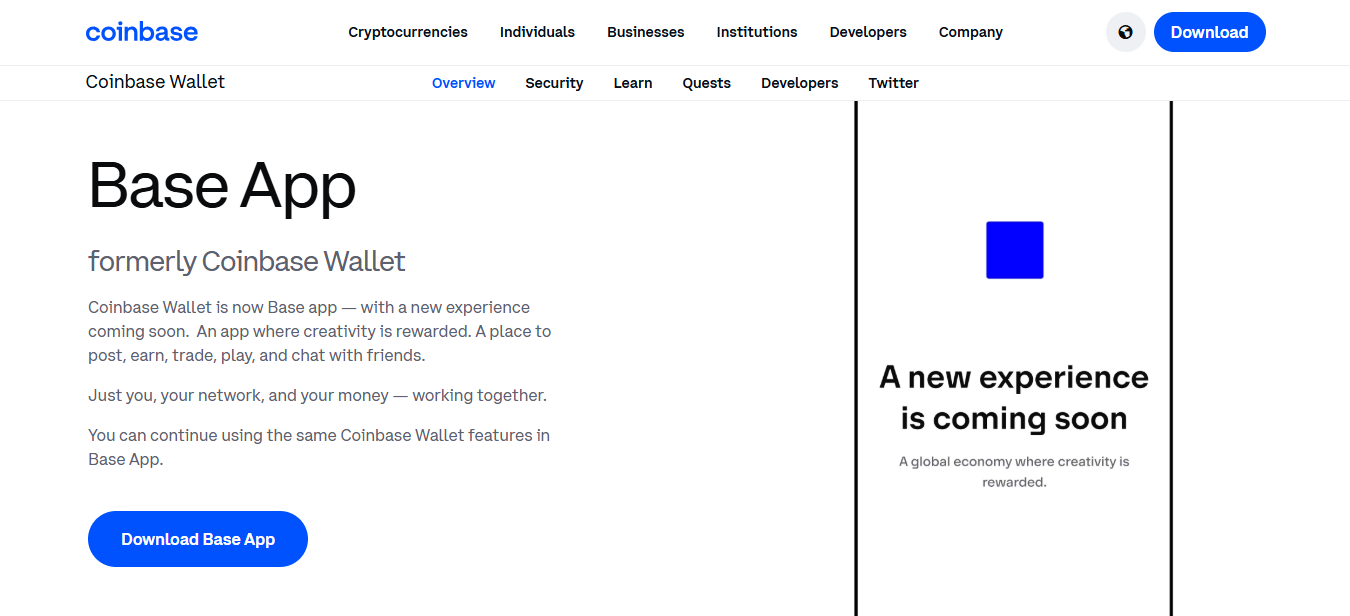
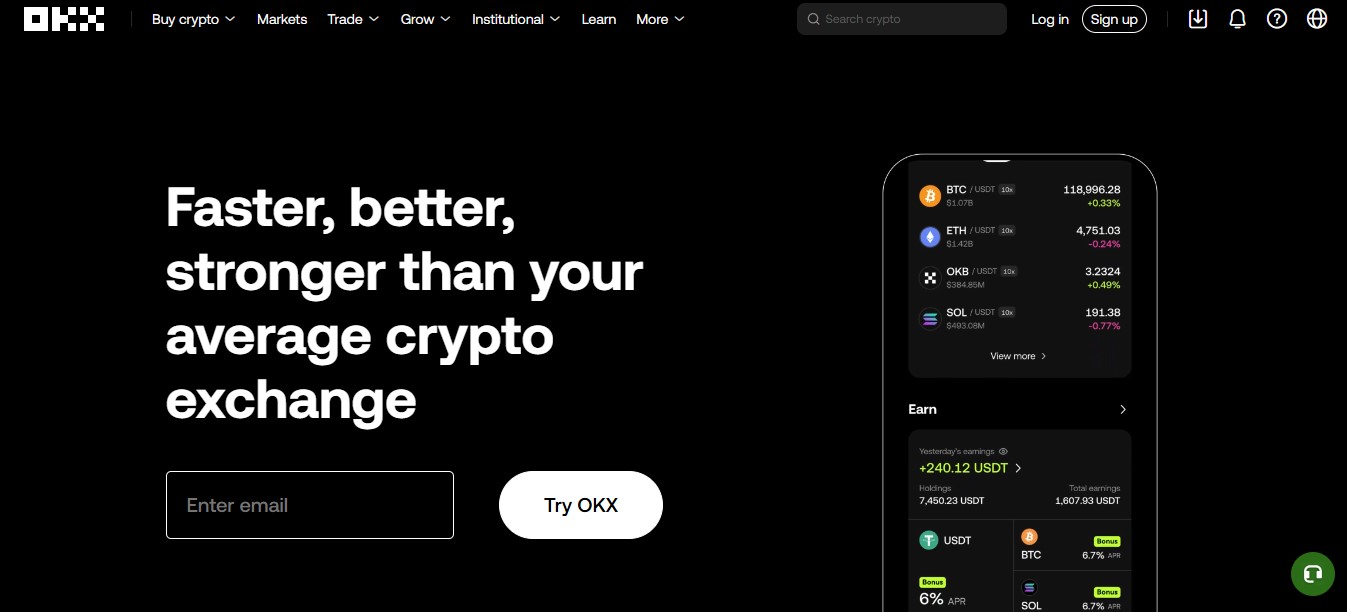
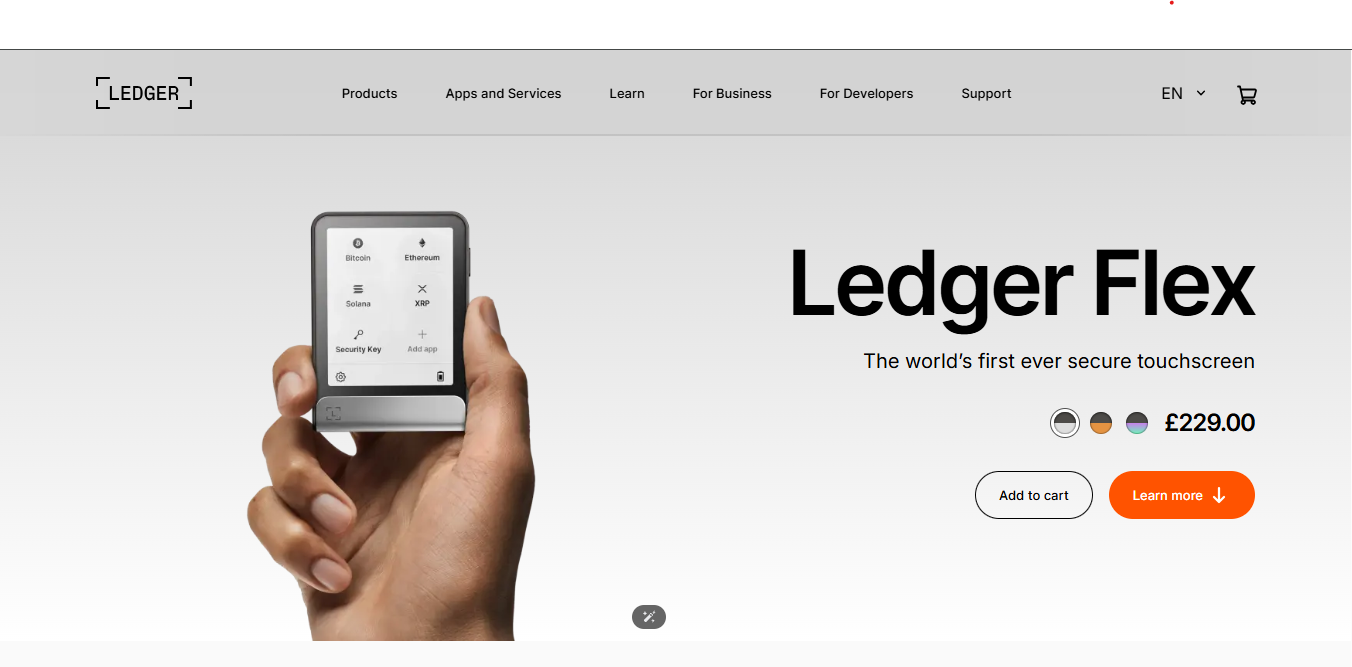
 usdt
usdt bnb
bnb
